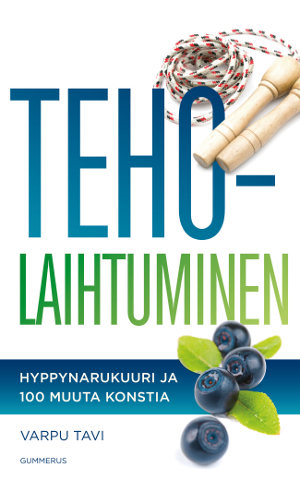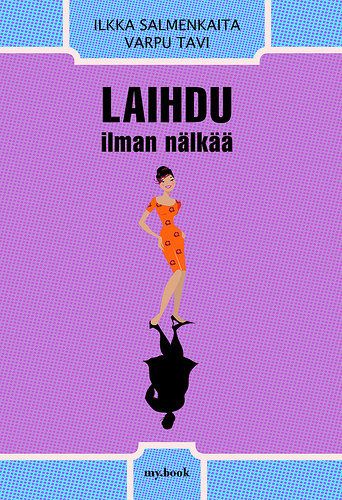Tuore tutkimus päätyy siihen tulokseen, että sokeri on yksi tilastollisesti merkitsevä syy kakkostyypin diabeteksen räjähdysmäiseen leviämiseen. Tutkimuksen tieteellisen validiteetin arvioimisen jätän suosiolla Reijo Laatikaiselle, minulla hiukan tuntosarvet pärähtivät tuon Lystikkään Roopen kohdalla, joka on yksi tutkijaryhmän jäsen. Hänellä on minun makuuni liian voimakas missio, mikä syö uskottavuutta (ja objektiivisuutta) tiedemieheltä kuin tiedemieheltä.
Mutta pidän kuitenkin elävän elämän toteennäyttämänä, että roskaruoan syömisen lisäksi holtiton sokerinkulutus on yksi iso syyllinen kakkostyypin diabeteksen lisääntymiseen. Sanoi sokeriteollisuus mitä tahansa. Kirjoitin aiheessa blogikirjoituksessani, jossa kerroin kehityksestä Kalaharin alkuperäiskansan parissa. Siellä on selkeästi näkyvissä sokerinsyönnin leviämisen ja diabeteksen esiintymisen yhteys. Sinne kannattaisi ravitsemuksen ja lääketieteen tutkijoiden mennä tekemään tutkimusta.
Tätä tutkimusta johti Sanjay Basu, joka on lääketieteen apulaisprofessori Stanfordin yliopistossa. Hän on julkaissut yli 80 vertaisarvioitua tutkimusartikkelia. Ote tutkimusartikkelista:
The worldwide secular trend of increased diabetes prevalence likely has multiple etiologies, which may act through multiple mechanisms. Our results show that sugar availability is a significant statistical determinant of diabetes prevalence rates worldwide. By statistically studying variation in diabetes rates, food availability data and associated socioeconomic and demographic variables across countries and time, we identified that sugar availability appears to be uniquely correlated to diabetes prevalence independent of overweight and obesity prevalence rates, unlike other food types and total consumption, and independent of other changes in economic and social change such as urbanization, aging, changes to household income, sedentary lifestyles and tobacco or alcohol use. We found that obesity appeared to exacerbate, but not confound, the impact of sugar availability on diabetes prevalence, strengthening the argument for targeted public health approaches to excessive sugar consumption. We also noted that longer exposure to high sugar was associated with accentuated diabetes prevalence, while reduced sugar exposure was associated with decline in diabetes prevalence, and that the sugar-diabetes relationship appeared to meet criteria for temporal causality without being the result of selection biases or the effect of secular trends that may be artifacts of economic development or changes in surveillance.
Daily Mailissa Basu toteaa, ettei heidän tutkimuksensa osoittanut, että sokeri aiheuttaa liikalihavuutta, mutta sen sijaan tulokset tukevat ajatusta, että sokeri vaikuttaa maksaan ja haimaan sellaisella tavalla, jota muut ruoat tai liikalihavuus eivät tee.
Basu said that while the findings did not prove that sugar caused obesity, they did ”provide real-world support for the body of previous laboratory and experimental trials that suggest sugar affects the liver and pancreas in ways that other types of foods or obesity do not”.
Blogikirjoitukseni Iltalehdessä:
Metsästämässä ja keräilemässä sanien kanssa
Uutinen Daily Mailissa:
Sugar is behind global explosion in type 2 diabetes, study finds
Alkuperäinen tutkimuslähde:
LISÄYS 7.3.
Marion Nestle kommentoi Food Politics -blogissaan tutkimusta
”This means that these data cannot easily distinguish between several possibilities:
(a) Calories –> Obesity –> Diabetes
(b) Sugar –> Diabetes
(c) Sugar –> Calories –> Obesity –> Diabetes
While waiting for science to clarify these distinctions, the bottom line is the same for all of them.
As I explained in yesterday’s post, everyone would be healthier eating less sugar.”









